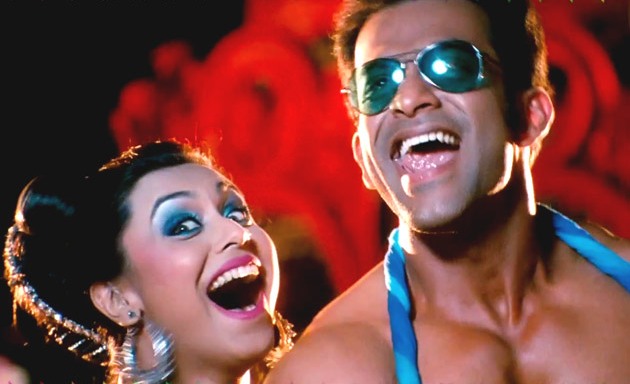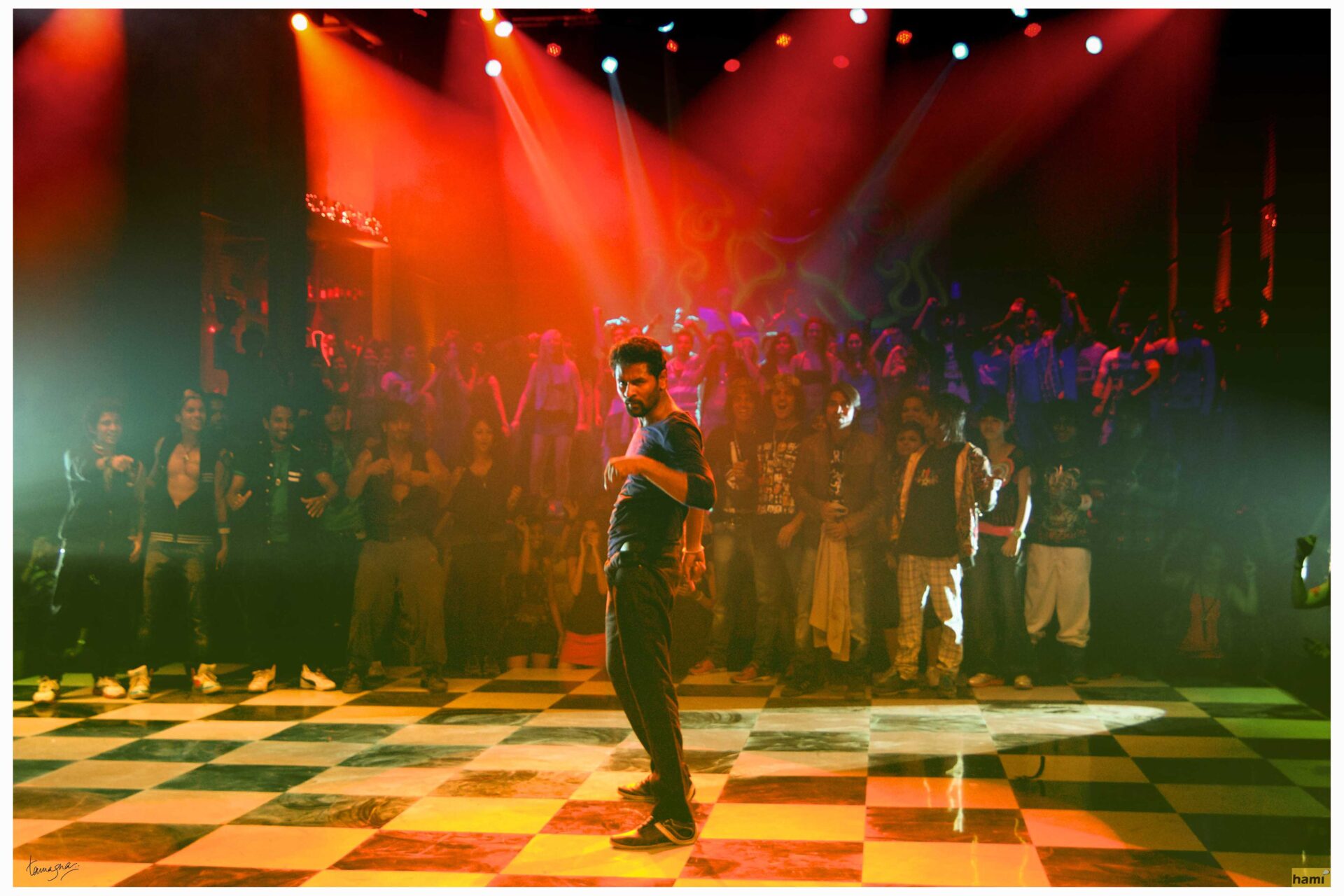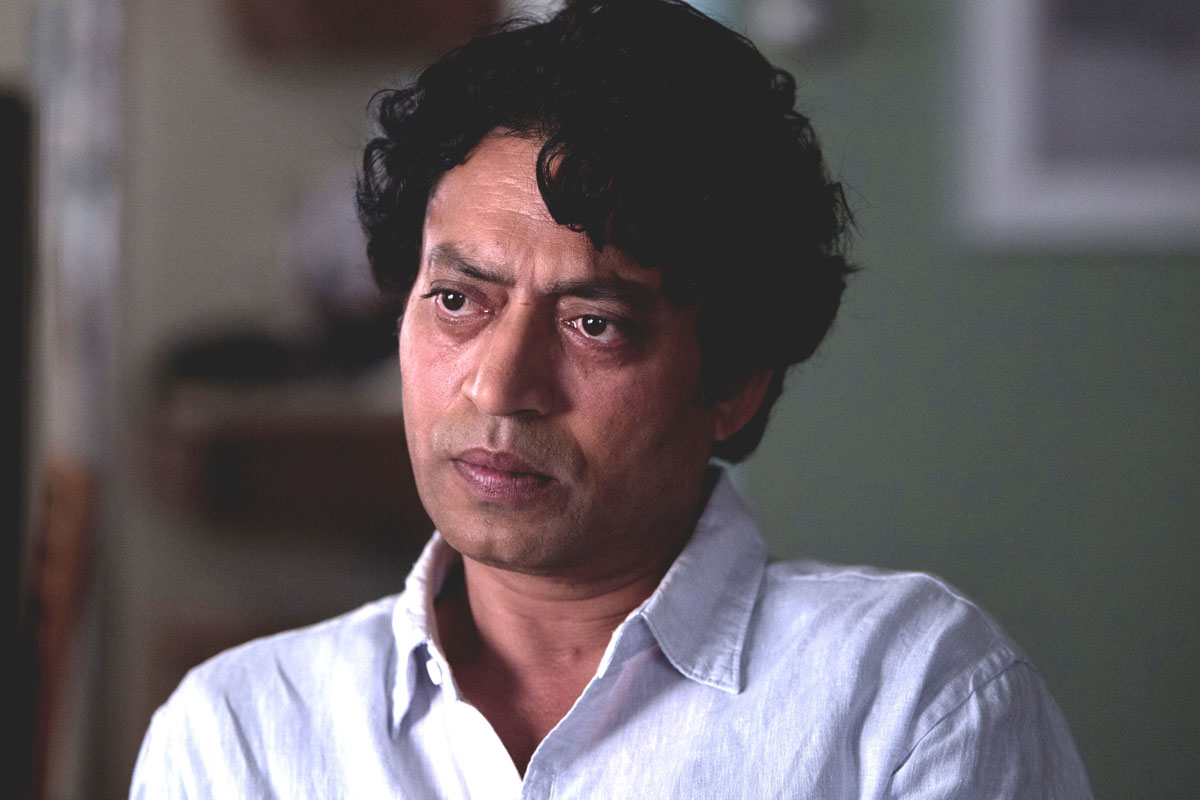M writes about how film promos these days are different from the storyline, and tagged to the last Bollywood hit.
Once, in a fit of momentary madness, I decided to watch Aiyyaa on DTH. Suffice it to say that I should have been paid to watch that film, even if I did watch it at home.
Apart from being an utter and complete waste of time that I could have employed in other pursuits, I was annoyed at how the film kept drifting from the main plot every five minutes. But my disappointment was not with the film itself, or its actors. It was the way the film was promoted. The promos led me to believe that it was the story of a small town girl and her romantic escapades. Shots of two very sleazy songs in the film constantly reminded the audience of The Dirty Picture. With such a preamble, naturally the audience expected much more masala in the actual film. Instead, when you watch the film you realise that it is actually the innocent love story of an extroverted girl and a devil-may-care guy.
 Marketing a film is as critical as the creative aspects of making one. The marketing peg can bring or take the audience away from the theatres. Unlike a brand, marketing a film is different. While launching a new product in the market, the brand custodians will work on solid background data and create campaigns around the footprints of their Target Audience (TA). But a film is assumed to work for the entire mass. Cinema, being a mass medium, garners interest across gender, ethnicity, age, etcl. But in Bollywood, it seems minimal efforts are spent on a film’s strategy and the sole objective is to play on the last successful film; in case of Aiyyaa it was The Dirty Picture.
Marketing a film is as critical as the creative aspects of making one. The marketing peg can bring or take the audience away from the theatres. Unlike a brand, marketing a film is different. While launching a new product in the market, the brand custodians will work on solid background data and create campaigns around the footprints of their Target Audience (TA). But a film is assumed to work for the entire mass. Cinema, being a mass medium, garners interest across gender, ethnicity, age, etcl. But in Bollywood, it seems minimal efforts are spent on a film’s strategy and the sole objective is to play on the last successful film; in case of Aiyyaa it was The Dirty Picture.
There are many films that have gone wrong with their marketing, and many ‘brilliant’ ideas have also mercifully been rejected in the board rooms. One such spin-off attempt happened not very long ago. The film was a rundown romance spread across three generations, with all three pairs being played by the same lead actors. Clearly, there was nothing to go on in terms of the storyline, so the fallout plan was to create hype around the stars of the film.
So the usual gimmicky stories were prepared for release in the media – like the off-screen romance brewing between the actors, the petty fights on the sets, etc. But one of the film’s producers came up with a peculiar idea. The idea, according to him, was a two-edged sword – if implemented, it would promote the film and dilute Salman Khan’s fan following. The truth is that any producer who has not worked with Salman has tried, at least once in his life, to sabotage the actor’s staggering popularity by one means or another. So far, in vain.
So, the big idea was to play on the fact that the lead actor’s mother was of the Muslim faith. Hence, just before release, the actor would visit a famous shrine of a Muslim saint in the city and the same would be projected as the actor’s efforts towards reconciling with his Muslim mother – this would impress and sway the Muslim audiences towards this actor. Let me mention, as an aside, that Muslim audiences are seen as Salman’s key fan base.
But in reality, the lead actor of this film was a staunch follower of the Hindu spiritual guru Sri Sri Ravi Shankar. This idea had to be shot down by the other producers.
There are many recent films that have been presented differently in their promos than what the actual script is. Jism 2 and Ishaqzaade are two films that firmly fall under this category, but don’t go checking them out. With lack of good storylines, I suppose filmmakers must do whatever they can to get their films some attention; be it projecting a film untrue to its plot, adding tons of sleaze or even recreating celebrity personas that do not actually exist.
Sharp as a tack and sitting on more hot scoops than she knows what to do with, M is a media professional with an eye on entertainment.
(Pictures courtesy www.ibnlive.com)




